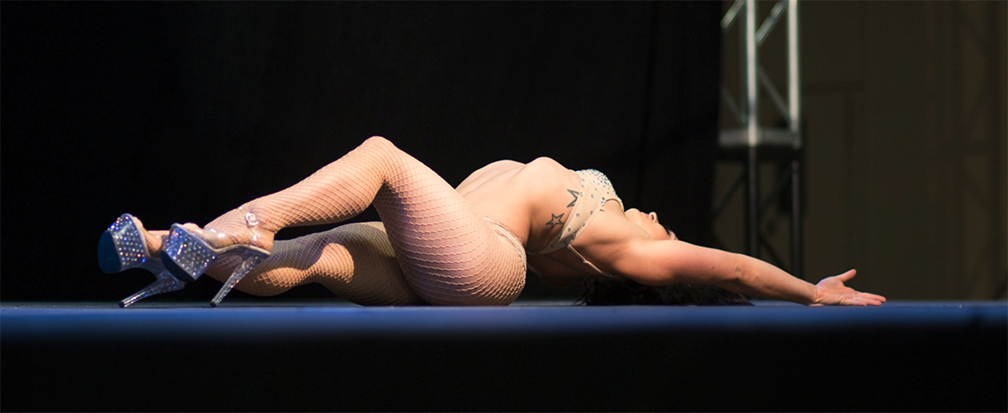We see a lot on social media about food trends, supplements, and “magic ingredients.” Influencers…

Dear Poler, you’re up to your neck in thoracic dysfunction… Part 2
2.
Dear Poler, you’re up to your neck in thoracic dysfunction… Part 2
Loss of overhead motion of the shoulder that you perceive as “pinching on the top of the shoulder.”
Your shoulder motion comes from several joints – not just the ball & socket of the shoulder (aka the glenohumeral joint). There are actually 4 joints:
- The Glenohumeral Joint: Where the arm bone meets the shoulder blade
- The Acromioclavicular Joint: Where the shoulder blade meets the collarbone
- The Sternoclavicular Joint: Where the collarbone meets the sternum (breast bone)
- The scapulothoracic joint: Where the shoulder blade glides over the back of the thoracic spine and rib cage.
Let’s focus on the 4th “joint” mentioned above, the scapulothoracic joint. In order for your shoulder blade to move smoothly over the thoracic spine, the thoracic spine has to move and flex. If there’s restriction, your shoulder blade jams up & you try to “cheat” the motion by moving the ball and socket (#1 above, the glenohumeral joint) too much. This leads to that “pinching” sensation and over time, instability and injury to that joint.
Stretching the “shoulder” joint as a unit won’t help because your body will instead just steal motion and compensate. Instead, you have to focus on that “hypomobile” or stuck thoracic spine and its relationship with the shoulder blade. You need to improve the mobility in the mid back and loosen the fascia/muscles that anchor the shoulder blade to it.
Try these releases & stretches:
- Thoracic spine foam roller: x 1 min
- Subscapularis lax ball: x 1 min
- Pec minor lax ball: x 1 min
- Advanced thread the needle: 3 x 20” per side
- Upper trunk box: 10x/side
- Serratus block raises: x 1 min
*Do all of these 2-3x/week*
Generalized soreness in the shoulders & neck after training pole or aerial that lasts longer than 1-2 days and feels more intense than the workout that you did would suggest.
So, why would you be more sore than your workout justifies? Well, because you’re not working out the right muscles, you’re overworking the compensatory muscles. All the muscles that control your shoulder movement originate from the neck and thoracic spine. If the thoracic spine isn’t moving well, you’re going to rely on those muscles that originate in the neck. This is a problem as these guys are TINY muscles and generally aren’t designed to lift you. They’re meant to hold your head upright and move your neck. They’re compliant, meaning they’ll always come to your rescue, but they’re bitter – so you’ll hear about it after. You think it’s DOMs, but really, it’s an overuse injury in the making.
What you don’t need is more rest. That will temporarily “solve” the issue as you gave those overworked muscles a long weekend, but as soon as you start to train again, the pain will return. Even more upsetting – they’ll be a little deconditioned so the pain may actually worsen as you get back into training because you didn’t fix the original problem – a loss of thoracic mobility and thoracic muscle engagement.
What you should do instead:
- Back off the skills that cause the soreness for 7-10 days, but continue to train the moves that still “feel good.” Add those problems skills back in one at a time beginning about 2 weeks after adding in the below exercises.
- The exercises:
- Thoracic foam roller: x 1 min
- Cat/cow: x 1 min
- Serratus block raises: x 1 min
- Plank serratus presses: 20x slowly
- Supine upper trunk twist with a band (for resistance): 3 x 8 per side
- 3-way pull aparts: 3 x 8 reps
*Do all 2-3x/week*
In Summary:
Most of the time, these changes & exercises will start to improve your symptoms in 3-4 weeks’ time. If not, there’s likely more going on and your best bet would be an assessment with a professional (think pole/aerial physical therapist, a pole movement specialist or an experienced pole instructor who can assess your technique). Happy Poling!
Latest posts by Angie Prescott (see all)
- Dear Poler, you’re up to your neck in thoracic dysfunction… Part 2 - November 18, 2022
- Dear Poler, you’re up to your neck in thoracic dysfunction… Part 1 - November 11, 2022


